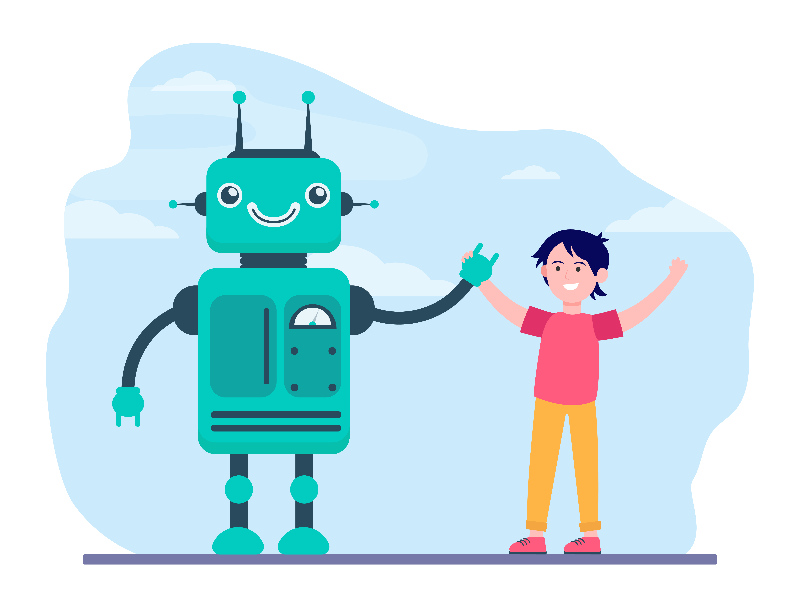
Discover the power of a customized self-service demo library in driving marketing success. Learn how to create tailored demos for specific use cases, industries, and ideal customer profiles. Streamline your marketing campaigns, enhance customer experience, and empower your audience with this comprehensive guide.
Let's face it, PLG isn't easy.
Not only do you need a stellar product, you need a marketing strategy that communicates all that superbness to customers, without looking like it's 'selling'. Not easy.
Moreover, customers today have tiny attention spans, and even less time. Most of them multi-task all the time (just like we do!). They usually have an inordinate number of unread emails (just like we do!), and just when we think we've found a strategy that works, the market changes its tune.
Customer preferences shift, technology changes, our competitors launch something shiny and bright. It happens all the time, and the scramble starts over.
And yet.
There are some things that work all the time.
You know what they are:
Speaking to the customers' pain points.
Showing customers you know them.
Approaching sales from a problem solving perspective.
Does that mean that you need a super custom approach? You betcha.
The good news is, a super custom approach isn't hard to do. You already have the research and insight, you're already deeply enmeshed in your customers' use cases, and you understand the industry. Creating a compelling marketing campaign isn't all that hard, especially now that we have Email Marketing tools, Sales Intelligence tools, chatbots that you can train for your website and demos… the whole shebang.
Here's where you get stuck:
The. Super. Custom. Self-service. Demo.
Demos take time.
Demos take work.
You can't roll out a super custom marketing campaign that 'shows' instead of 'tells' without…
Building a library of super custom self-service demos
So build one.
Now before you slam this page shut, hear me out. Does your business have a favored product? Does that product have a high success rate in a particular industry? Does it work best with businesses of a particular size? You see where I'm going with this… yes?
A demo library should never start from Product 1, feature 1, or industry 1. No, that way lies burnout. Start instead with the use case you're asked for most.
Do you know your most popular use cases? If yes, spin them off into modular demos that can click together like legos with your standard, vanilla demo. Name them, save them, and put them into a library structure you can navigate. Now, if you've chosen the use cases wisely, you've automated at least 30% of your demo-making workload. That's a pretty good ROI.
Also, make it easy on your teams. Gone are the days when you needed to make each demo from scratch, or even those days when you needed someone from your product development guys to help you do so. That's the beauty of SaaS: someone is always working on your use case. In this case, me.
Use demo automation tools

There's a few out there, but let me tell you about SmartCue. It lets you build self-service demos at scale. It lets you add contextual cues, which means your self-service demo can stand on its own - by (oh yes) communicating context. It also manages your demo library. It lets you combine demos, and split them apart. It lets you borrow screens. It lets you customize. And it lets you do this, without knowing how to code.
Yep, it's all front end. If you've got a couple of interns around, this would be a great use of their time. I promise you, the end product will look as polished as if your sales engineer spent many loving hours on it.
Organizing your self-service demo library
My best practice is to make bite sized demos that communicate the heck out of one use case specific to an ICP and industry. Then, replicate it for the next, and the next, and so on. Now you have a bunch of self-service demos at your service. Then,
Organize the library by Industry, ICP, and use case
Make it searchable
Use tags, because these let your users (and customers!) find related content and use case specific self-service demos
Host it on your website. You've put in the work, now let customers get in there and find what they want.
How to leverage your self-service demo library to supercharge your marketing campaigns
Once you have this bank of demos, you can:
Include them in your outbound email campaigns
Add them to your FAQs, letting users play instead of read.
Share them on social media
Train your website chatbot, so it can link users to the exact use case they're looking for.
You can even train your support chatbot (if you have one) and let your support teams shorten chats and calls by using these instead of going through painstakingly detailed directions over chat/phone.
Can you imagine how grateful the customer experience team will be? 😉
Creating winning self-service demos
Of course, the demo library is only as good as the demos themselves. There are a number of ways to supercharge your self-service demos. Even when you follow all these best practices, there's always room for improvement. I'm a huge fan of A/B testing self-service demos (or any other marketing materials, for that matter) to learn and tweak what I'm putting out till I have something that reliably works for most of my ICPs, most of the time.
Once you've got a good set of demos that are working really well, put your feedback mechanisms in place. Let users tell you what they want. Engage. Learn. Grow.
Conclusion
Self-service demo libraries are like the gift that keeps on giving. SmartCue has customers who use them for onboarding their customers, for training, for driving adoption, for making support easier on everyone, and of course, for driving more effective marketing campaigns and shorter sales cycles.
Like anything worth doing, it takes a little bit of doing - especially at the start. Once you gain momentum however, the returns far outstrip the efforts you put in.


